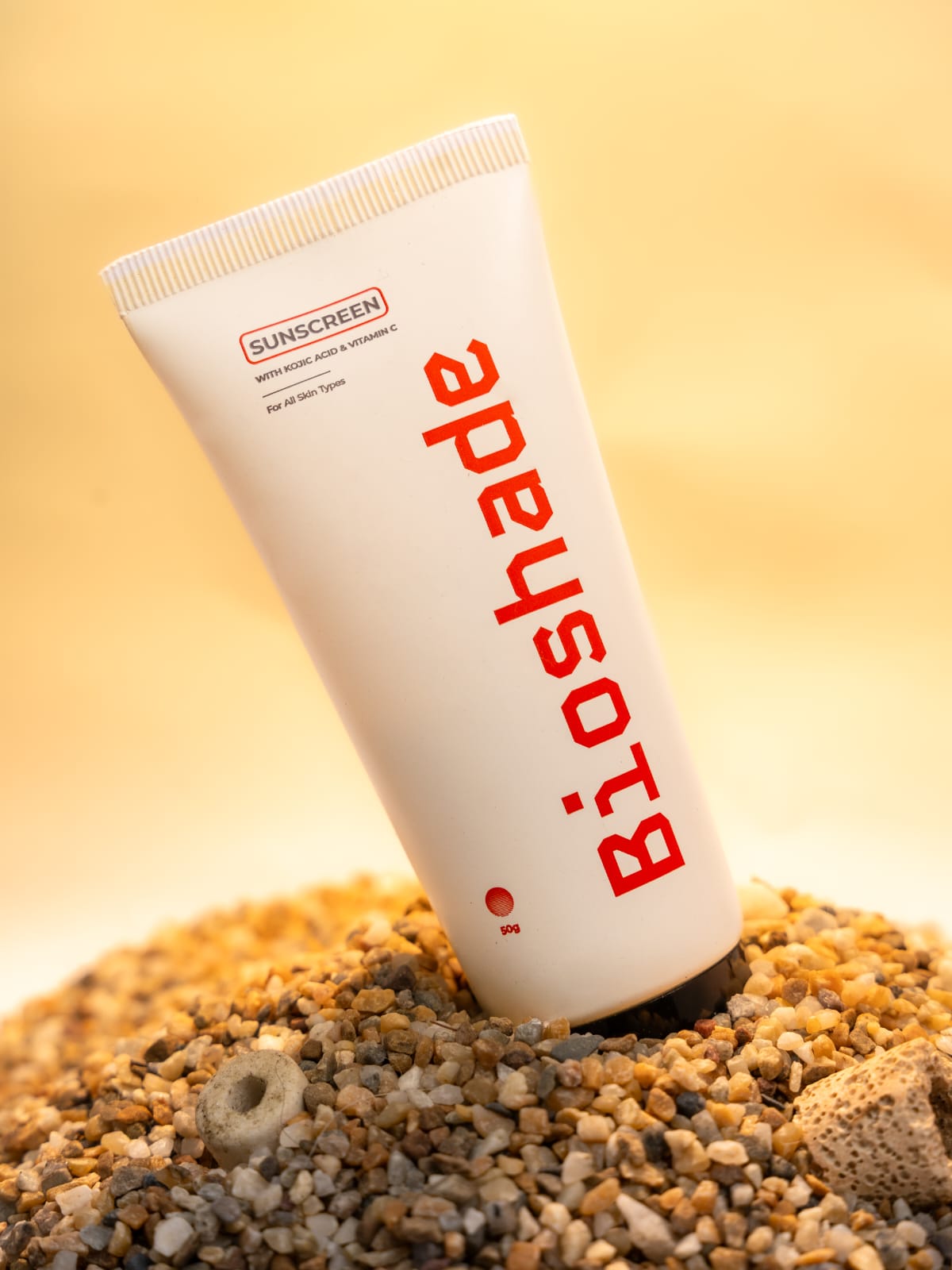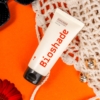
When you think of sun damage, sunburn probably comes to mind. But for Indian skin, the sun’s danger goes far beyond burns. The real threat is one we can’t see — UVA rays, which make up 95% of the UV radiation that reaches us and quietly accelerate aging, pigmentation, and long-term skin damage.
Let’s break down what this means for you — and why it matters more than ever.
UVA vs. UVB: What’s the Difference?
Both UVA and UVB rays come from the sun, but they affect your skin very differently:
- UVB = Burning rays. These are responsible for sunburns and are most intense between 10 AM and 4 PM.
- UVA = Aging rays. These are constant all day, every day — even on cloudy days and indoors through windows. They penetrate deeper into the skin, causing wrinkles, sagging, pigmentation, and even DNA damage that can lead to skin cancer.
Indian skin, rich in melanin, naturally provides about 13 SPF worth of UVB protection. That’s why we don’t burn easily. But UVA? There’s no natural protection — and that’s where the damage sneaks in.
Why Indian Skin Is Especially Vulnerable
Indian skin tones (from wheatish to deeper brown) often have higher melanin levels, which:
- Protects against burns (UVB)
- BUT leaves you more prone to hyperpigmentation and melasma, especially from UVA exposure
If you’ve noticed dark spots, uneven skin tone, or early aging despite not burning easily — it’s UVA rays at work. And sadly, most sunscreens in India still don’t protect you properly against UVA.
How to Know if Your Sunscreen Protects Against UVA
Look for these signs of real protection:
- Broad Spectrum or PA+++ (Protects against both UVA and UVB)
- Modern filters like Tinosorb M, Tinosorb S, Uvinul A Plus — these are photostable, non-irritating, and offer longer-lasting UVA protection
- Avoid outdated ingredients like Avobenzone and Oxybenzone, which break down easily and can cause skin irritation
What Happens Without Proper Protection
Still skipping sunscreen because it feels greasy or leaves a white cast? Here’s what could be happening while you wait:
- Premature wrinkles and sagging
- Persistent tanning and uneven skin tone
- Stubborn dark patches (melasma)
- Increased risk of skin cancer
And remember — this can happen even if you’re indoors by a window or in the car.
What Indian Skin Needs
You deserve sun protection that works with your skin, not against it.
That’s why Bioshade is formulated specifically for Indian skin, with:
- UVA-dominant protection (using next-gen filters)
- No white cast, no greasy residue
- Brightening ingredients like kojic acid and niacinamide to fight hyperpigmentation
- Anti-inflammatory support from allantoin and panthenol
- Barrier repair ingredients like ceramides and hyaluronic acid
It’s sunscreen you’ll want to wear every day — because it actually feels good and works.
Bottom Line
Indian skin is resilient — but not invincible. UVA rays are aging, tanning, and damaging your skin every single day. The only defense? A sunscreen that’s designed for your skin’s real needs.
Don’t just block burns. Block damage.
Try Bioshade — and see the difference that science-backed, skin-friendly sunscreen can make.

Add comment